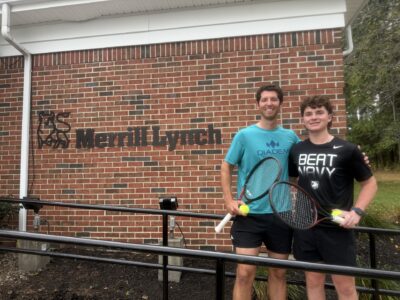Early Season Archery Season Tips For Success
During the early part of the archery season in our section of Whitetail Country, we begun to place a premium on morning stands. This is different from what some folks may think, and for years I was one of them. We felt that time on a stand during the early part of archery season was best spent in the afternoon and evening. It wasn’t until I learned a lesson the hard way, so now we want to be on stand as the sun comes up.
I began to place more effort on finding the areas that deer hang out after they’ve gone to their bedding area. It amazed me what I uncovered. Hunting while there is still dew on the grass is a great time to not only see deer but also get a good chance at a nice buck.
It’s long been said that we need to hunt close to bedding areas, but actually just how many of us use this technique in our hunting plan? I’m sure we have all tried, but for whatever reason, whether it be not wanting to spook deer, the wind direction or just lack of being prepared, we haven’t.
Many moons ago I learned one of the best lessons a whitetail deer has ever taught me: what happens to deer after they are shot. Let me explain. Let’s begin by saying on this particular hunt the hunter in question — me — was very young/new to hunting with bow (actually recurve on this hunt), if that begins to date this hunt.
I was sitting enjoying the sun rise overlooking a little apple orchard. I was using a recurve bow with cedar arrows, not because I couldn’t afford a compound, but because they were not as popular as they are today. This particular setup had produced many deer sightings so far, but none where within my limited comfort range.
On the morning in question, a few deer were tracking back and forth through this apple orchard. It wasn’t until I noticed a nice doe working her way to position — of 10 feet off the ground — during this time period I felt comfortable for a good shot inside of 15 yards. I know this sounds crazy for today’s hunter with the equipment we use today, but this was long before anybody even thought about making arrows out of carbon.
As the doe made her way into my magic 15-yard comfort zone, I began to look for that perfect shot opportunity. For what seemed like hours, she stood boardside long enough for me to attempt my shot. Once I released the arrow with its hand-sharpened broadhead, I felt good.
I waited a good 45 minutes to get down and look for signs. I did find good blood, but the arrow had a strong smell to it. Well this was only the beginning of my first archery deer. I followed blood to a well-used trail until it wasn’t anymore. I had watched enough Fred Bear videos, to know that something wasn’t right, so I backtracked until I could tell the difference in my doe track from other tracks on the trail.
I followed the trail/track through some nasty thickets until it opened up a little bit. Right there laid my first archey doe. Once the excitement worn off, I realized what I had uncovered. Tucked back in the corner of this small pasture a couple hundred yards from “my” apple orchard was a bedding area. There was fresh droppings and grassed laid flat. I truly had discovered my first bedding area.
After relaying my hunting story to the “guide’s guide,” he explained that when a deer or any animal is in fear they head to their closest comfort zones. In this case it was this doe’s bedding area.
Many potential sits are hindered each year by trail cam overuse. I rely on trail cams to a great degree for my mature buck hunting efforts, but I am very careful to not add additional pressure to the lines of deer movement on the lands that I hunt. Changing SD cards while accessing bow stands, nighttime social area placement and cell cams are all ways to use trail cams as non invasively as possible.
After your strategy is set, leave it alone. There is nothing better than a high quality early bow season set that has been allowed to age like a fine wine after weeks of absolutely zero human pressure. Often hunter activity peaks as opening day approaches, so it pays to be one of the few hunters in the area whose preparation activities are actually decreasing as the season draws near, instead of increasing.
If it is warm, hot and windy, try waiting for the conditions to improve. Instead of forcing a sit while being controlled by the whims of the weather, try using those same poor conditions to set up the incredible opportunities that will follow shortly after.
Would you believe I know a lot of hunters who skip the early bow season in favor of the rut? The early season can be one of the best times to harvest a nice mature doe and get a crack at a monster with a defined plan of attack. It takes patience and careful planning, but it can be done.

